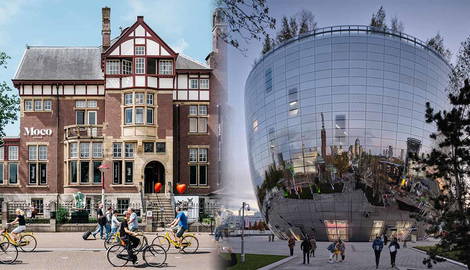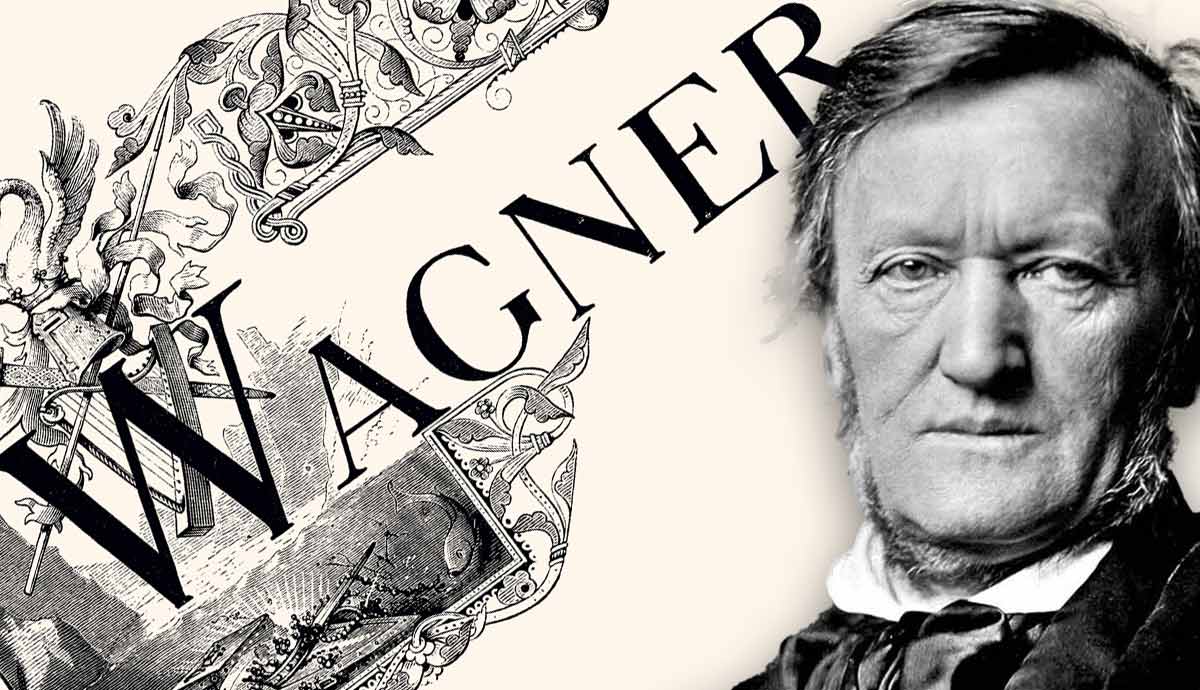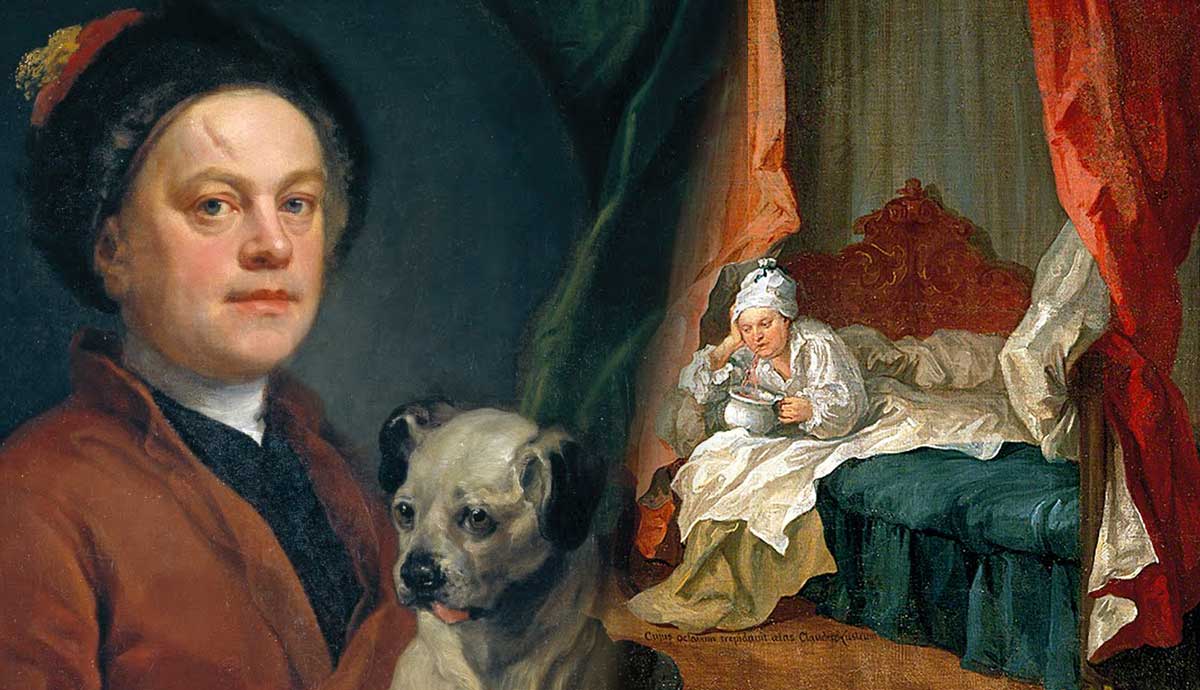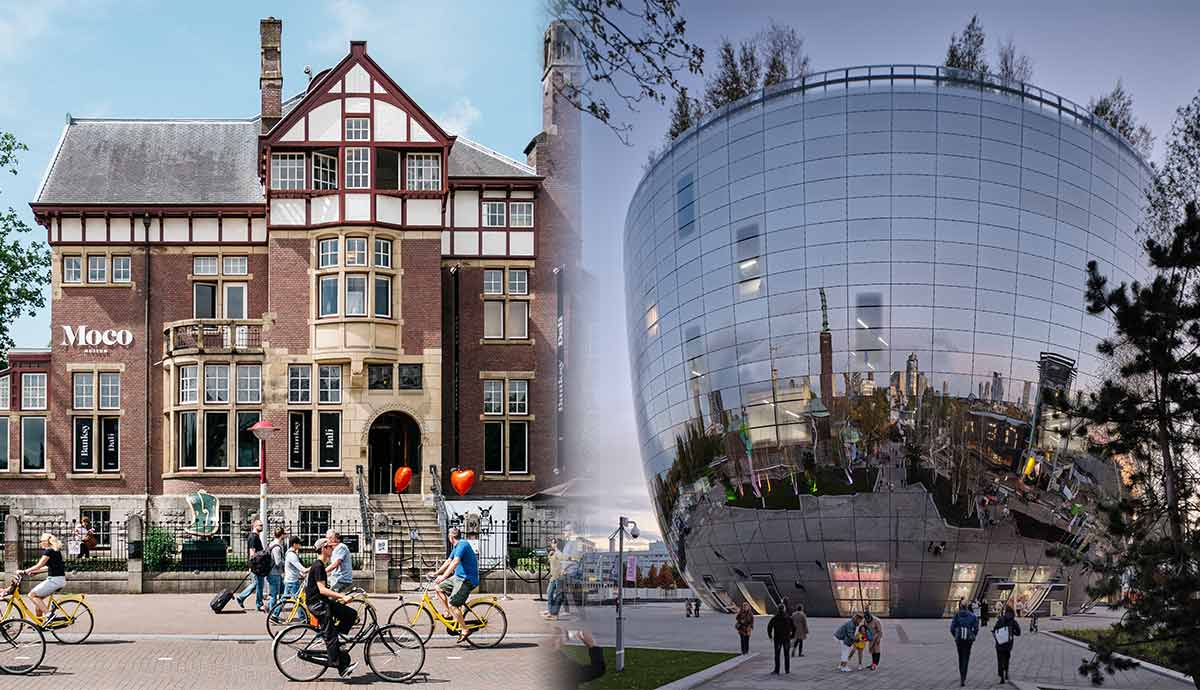
Despite being a small country, The Netherlands has a flourishing cultural sector with a number of museums housing important artworks. The country celebrates art and culture, preserving works by numerous great artists who came from The Netherlands and beyond. In fact, many of its streets are named after artists such as Johannes Vermeer, Jozef Israels, Hendrik Willem Mesdag, and Jan van Goyen. Below is a thoughtfully curated list of 10 museums spread throughout The Netherlands that are a must-visit due to their rich collections ranging from archaeological artifacts to contemporary art.
1. Rijksmuseum, Amsterdam
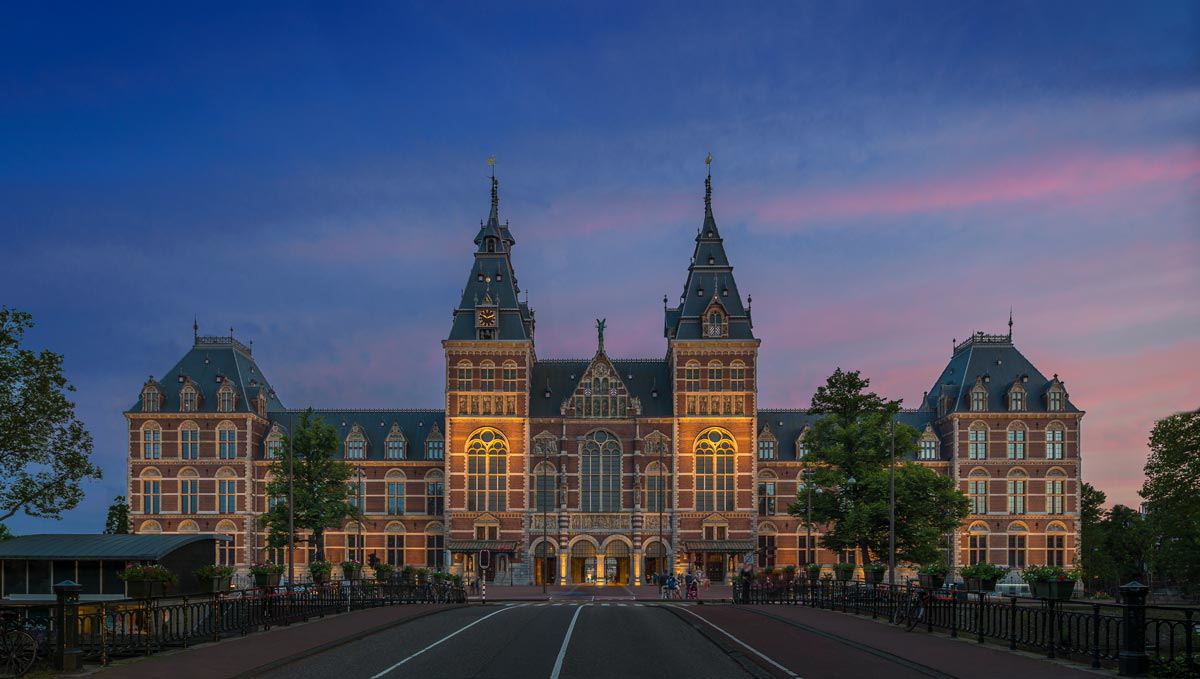
The Rijksmuseum, which translates to national museum, is the most important museum in the Netherlands. Its collection includes more than 8,000 iconic artworks and historical objects from Dutch history, including works by world-famous artists such as Rembrandt van Rijn, Johannes Vermeer, and Vincent van Gogh.
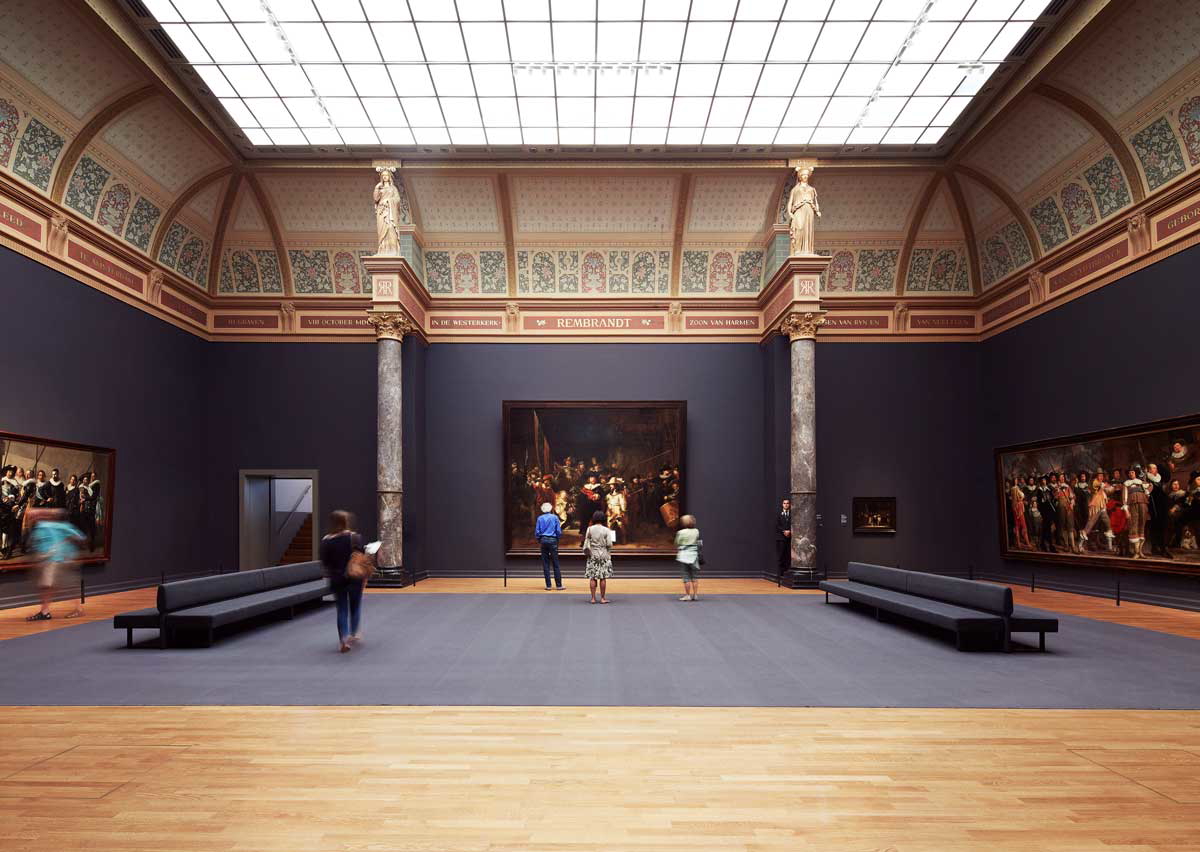
The museum is located in Amsterdam and can be easily spotted when walking along the city’s Museum Quarter (Museumplein). Its large building features Gothic and Renaissance architecture, designed by Pierre Cuypers, and it has been open to the public since 1885. Today, the Rijksmuseum is famous for paintings like The Milkmaid by Vermeer, works by early modern and modern Dutch artists, and its wide collection of applied arts such as furniture, textiles, and ceramics. The Rijksmuseum also houses Rembrandt’s large painting called The Night Watch.
2. Van Gogh Museum, Amsterdam
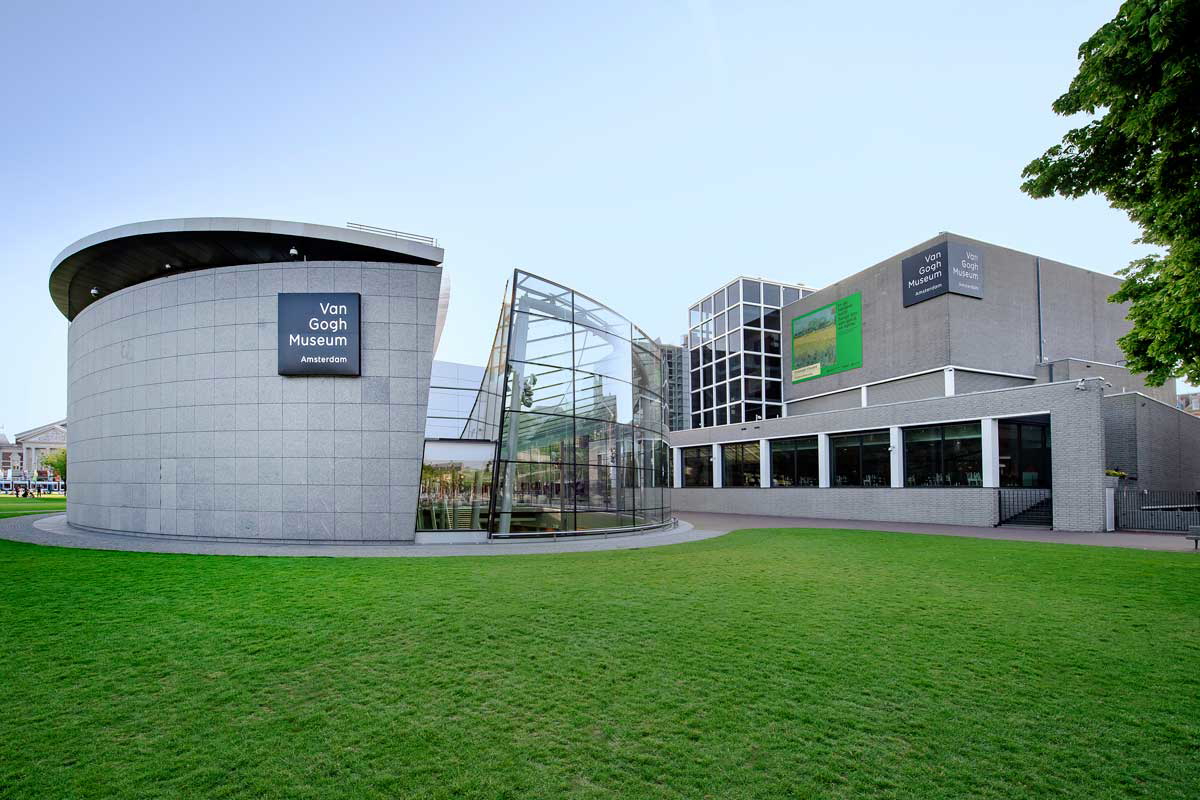
The Van Gogh Museum is a famous tourist spot dedicated to preserving the works of Vincent van Gogh. The museum houses some of the artist’s masterpieces, such as The Sunflowers, The Potato Eaters, and Almond Blossom. Through its collection, the Van Gogh Museum tells the story of Van Gogh’s life. The heartfelt story of how he became an artist, who inspired him, how he dealt with poverty and failure, and his close relationship with his brother Theo is narrated through wall texts and an audio tour.
The permanent collection takes you through the different phases of the artist’s artistic creation, from his early works with somber hues to the last paintings he made before his death, which feature vibrant colors. The Van Gogh Museum is located close to the Rijksmuseum, but the former building has a contemporary design, adding an interesting contrast to the area.
3. The Catharijneconvent, Utrecht
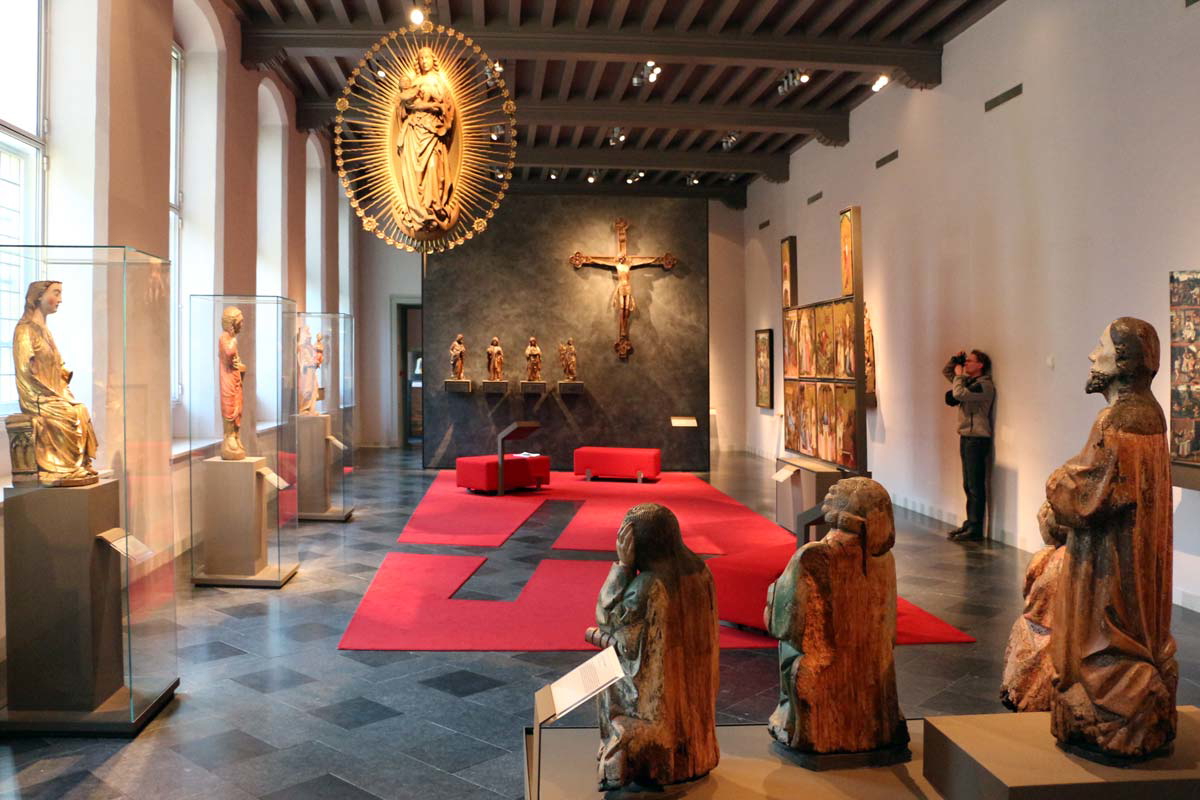
The Catharijneconvent is dedicated to preserving the history of Christianity through religious art and artifacts. Objects in the museum range from medieval paintings, sculptures, clothing, artifacts, and manuscripts to contemporary art with religious themes. It is also home to the world-famous altarpiece from Middle Rhine, Germany, dating back to the 15th century. It consists of ten surviving panels depicting important events in Christianity.
The Catharijneconvent offers a rich museum-going experience with displays of religious objects made with precious metals, such as chalices and bowls that can be found in the treasure chamber. Apart from its magnificent collection, the museum building is also part of Christian history as it was once a medieval monastery built in the 15th century. The Catharijneconvent is a great place to familiarize yourself with the rich history of Christianity in Europe, how it changed throughout the centuries, and its impact on modern society.
4. Teylers Museum, Haarlem
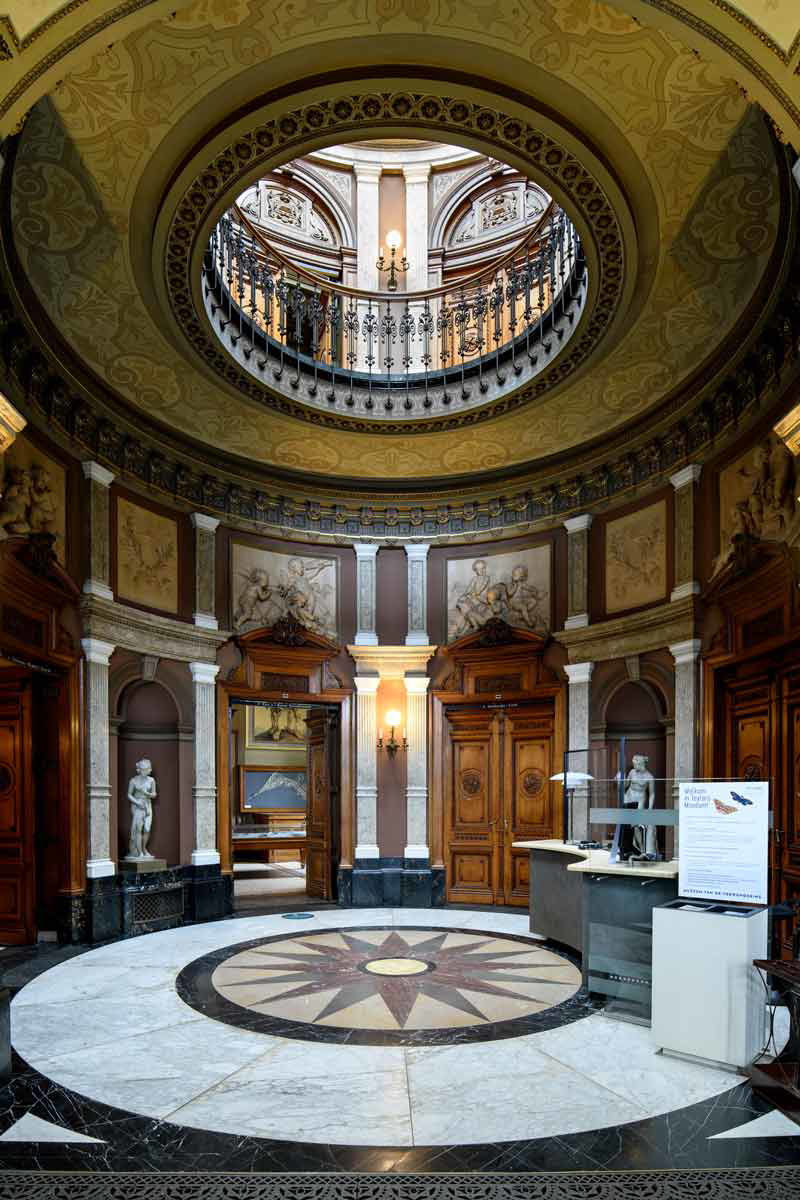
While Haarlem is a smaller city, it has had an active cultural presence for centuries. The Teylers Museum is one of the prominent museums in the city and a great destination if you enjoy both artistic and scientific history. It is the oldest museum in the Netherlands, and its doors were opened in 1748. The museum is dedicated to its founder Pieter Teyler van der Hulst, who aimed to make the museum a space to promote art, physics, biology, numismatics, and similar endeavors in accordance with the ideals of Enlightenment.
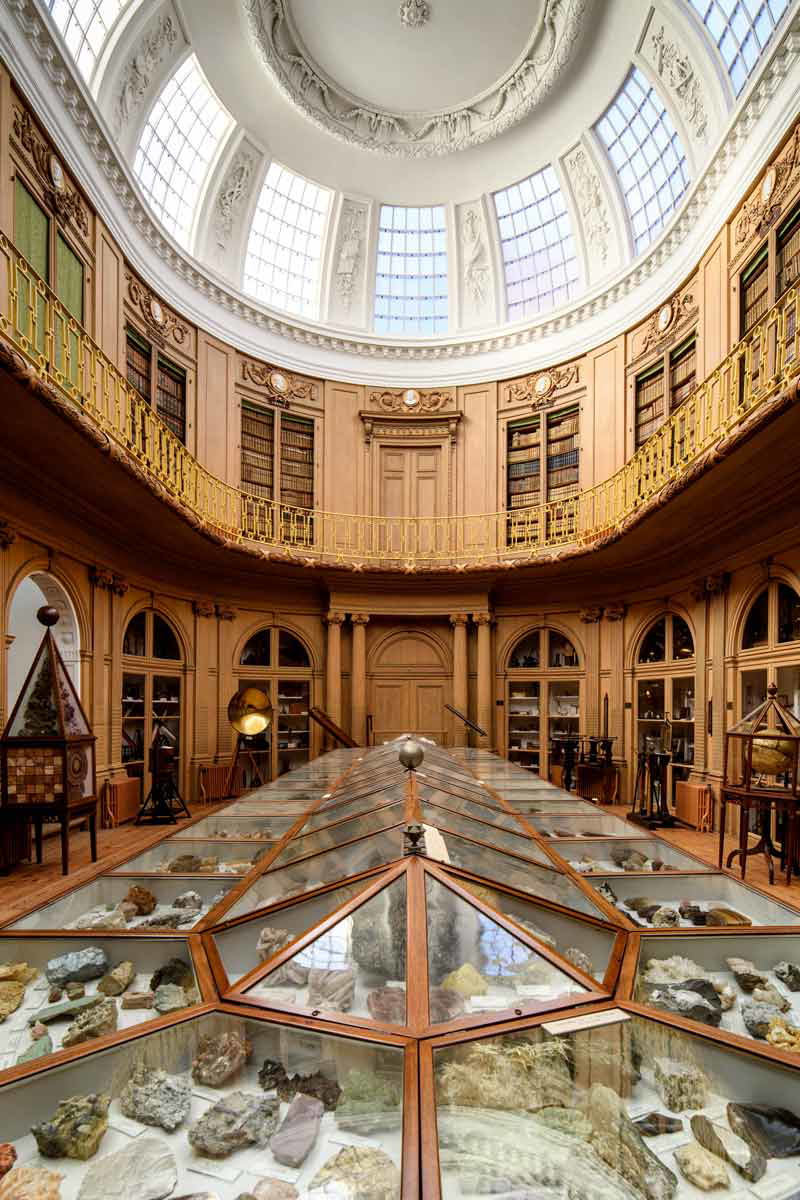
The museum building gives the impression of an 18th and 19th-century structure from the inside. There are several large rooms dedicated to collections of fossils, ammonites, minerals, and old scientific instruments like telescopes that take you through the developments in science through the ages. After the scientific collection, you are greeted by the collection of 18th and 19th-century paintings. The upper floor of the museum showcases period rooms of the original living quarters of Pieter Teylers that transport you back in time.
5. Groninger Museum, Groningen
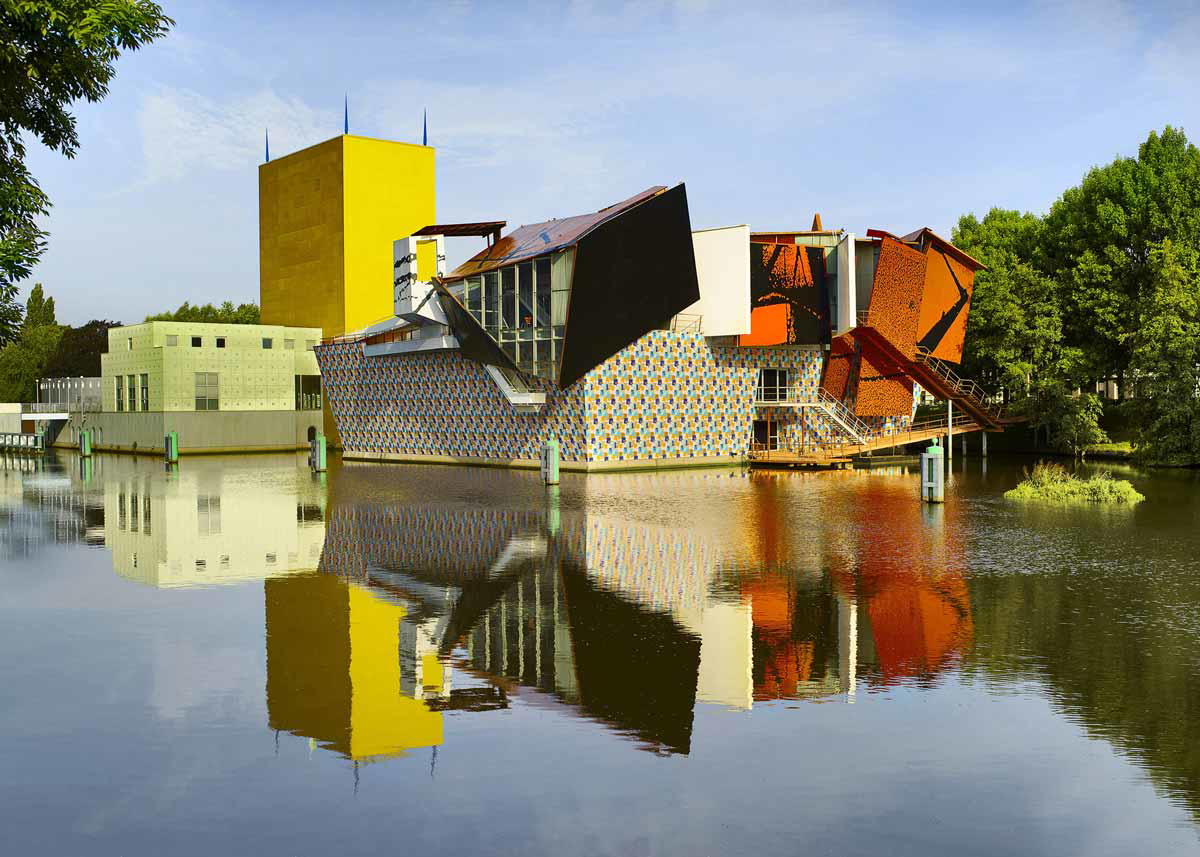
While not as widely known, the Groninger Museum is a wonderful repository of art and design. It is located in Groningen, a small city in the north of the Netherlands, and is easy to spot due to its eccentric and colorful architecture. The museum has different pavilions, the most eye-catching one being the tall golden building on a canal. The architect for the Groninger Museum was actually an Italian designer named Alessandro Medini, who designed the building in the 20th-century Postmodernist style.
While the architecture of the museum is fascinating enough, the inside is a space dedicated to painting, design, and applied arts from diverse creators. There is something for everyone: works by Old Masters, contemporary art and design, historical artifacts, photography, and even archaeological objects. Across the bridge from the golden tower, there is another section of the museum called Nymphenburg that has a fascinating display of delicate handmade porcelain sculptures.
6. Stedelijk Museum, Amsterdam
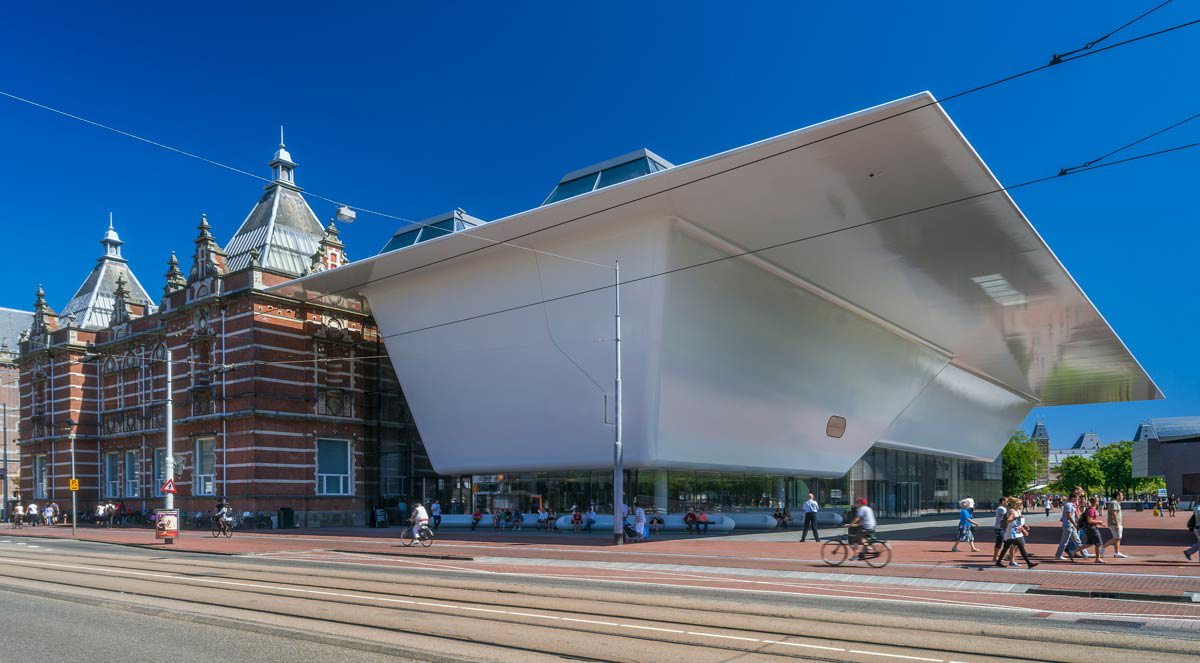
The Stedelijk Museum is the place to be if you are a contemporary art enthusiast. The museum features works by world-renowned artists such as Roy Lichtenstein, Le Corbusier, Andy Warhol, and Yayoi Kusama. The museum celebrates the developments in art after World War II and has a thoughtfully curated collection of works made by artists who made an impact on global culture. The innovation showcased within the Stedelijk Museum is reflected in its architecture. The new addition to the museum building is shaped like a huge bathtub designed by architect Mels Crouwel.
The collection highlights art movements such as De Stijl, Bauhaus, and functionalism, as well as applied arts. You can take an audio tour of the museum to learn about the artworks from the artists’ and curators’ perspectives. The museum also has a Sculpture Garden that is freely accessible to the public during the day.
7. Moco Museum, Amsterdam
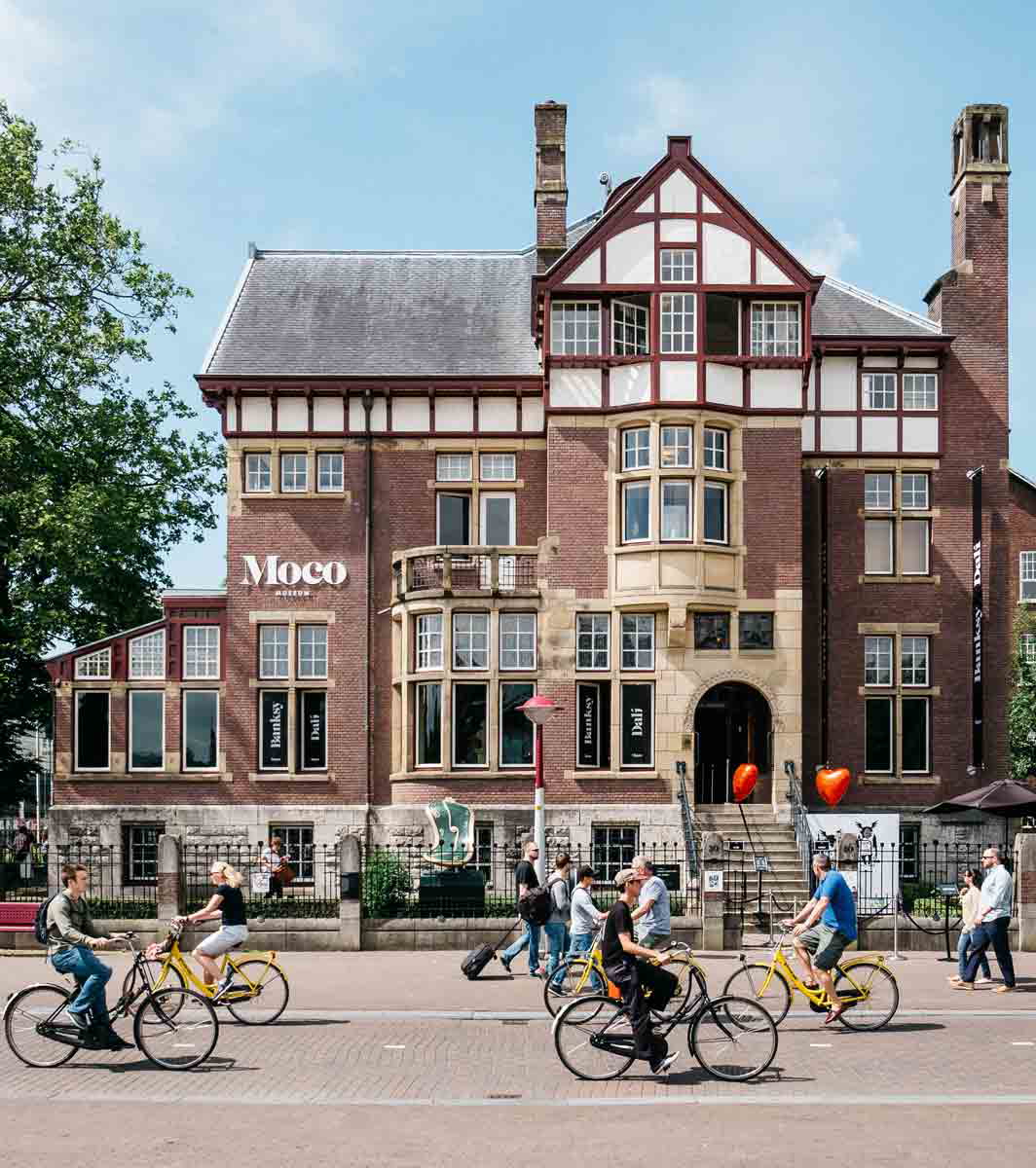
The Moco Museum has three locations—London, Barcelona, and Amsterdam. It is a much younger museum, established in Amsterdam in 2016, but offers an exciting collection with prominent names. This includes but is not limited to Andy Warhol, Robbie Williams, Marina Abramović, Jean-Michel Basquiat, Banksy, Keith Haring, and Yayoi Kusama. It is definitely a place to be if you want to discover coveted pieces by artists who changed the course of how we view art in the past 50 years. Most of their pieces have a social or political message, making this museum’s presence in between the Rijksmuseum and Van Gogh Museum just as important.
The museum has a small collection of works by Bansky, including Girl with Balloon, Laugh Now, Flower Thrower, Smiling Copper, and Crude Oil series, making it a tourist attraction. The display of these works has not been done in agreement with the artist himself but gives visitors a chance to enjoy his socially and politically charged pieces.
8. Museum Boijmans van Beuningen (Depot), Rotterdam
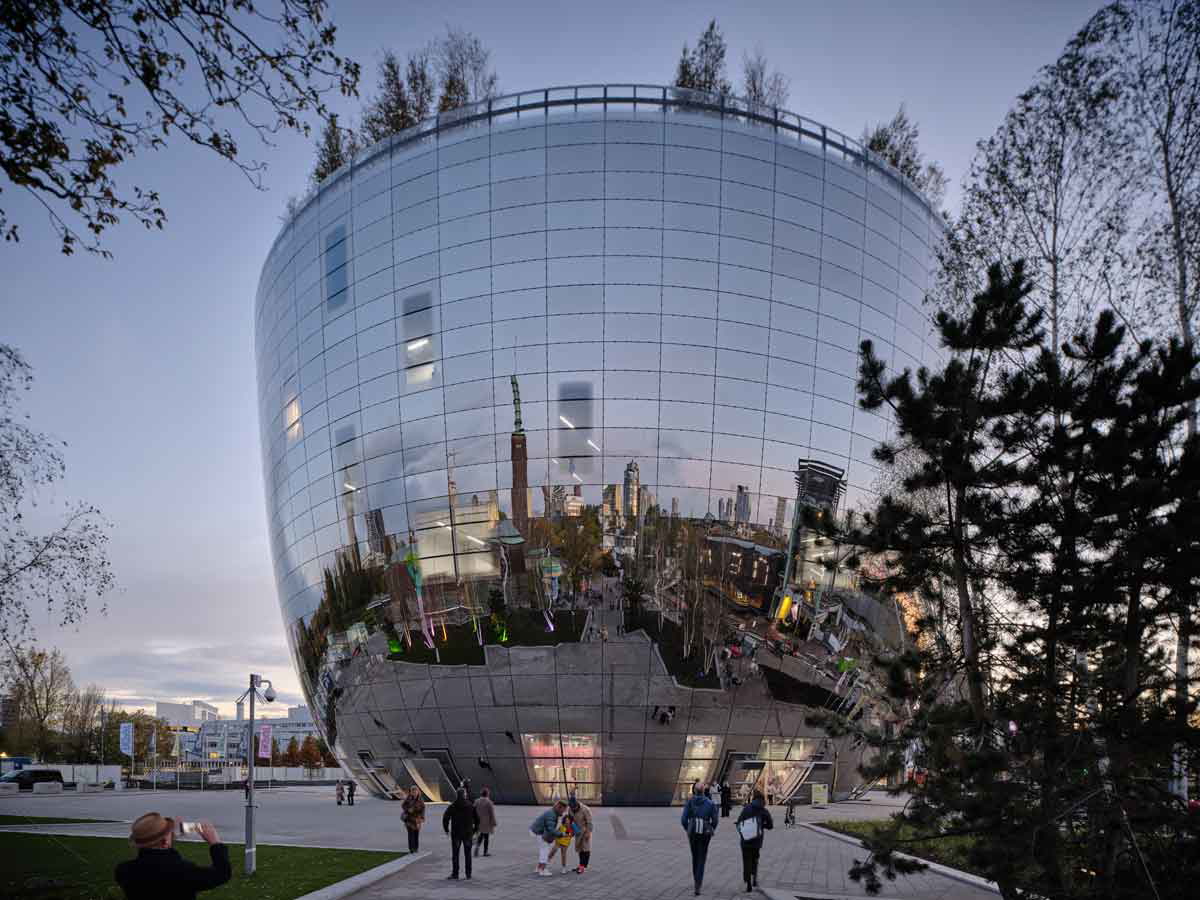
Located in the maritime city of Rotterdam, Museum Boijmans van Beuningen has recently developed a new concept: a depot that is accessible to the public. A museum depot is the storage facility for artwork that is not on display, and this area is not open to the public in any other museum. Museum Boijmans van Beuningen opened its depot for public access in 2021, creating a unique experience for its visitors. Here, you can explore how artwork is stored in a museum and what goes into maintaining it.
Paintings, sculptures, and archaeological objects are stored in climate-controlled glass cases in the building, giving the visitor a 360-degree view of each object. The museum has a diverse collection ranging from works by Peter Paul Rubens, Rene Magritte, Salvador Dali, Vincent van Gogh, Piet Mondriaan, Mark Rothko, and many others. In addition to paintings, there are numerous artifacts and sculptures. The original museum building is currently closed for renovation, but it does not display the entire collection, unlike the Depot, which displays all 154,000 objects from the collection.
9. The Mauritshuis, The Hague
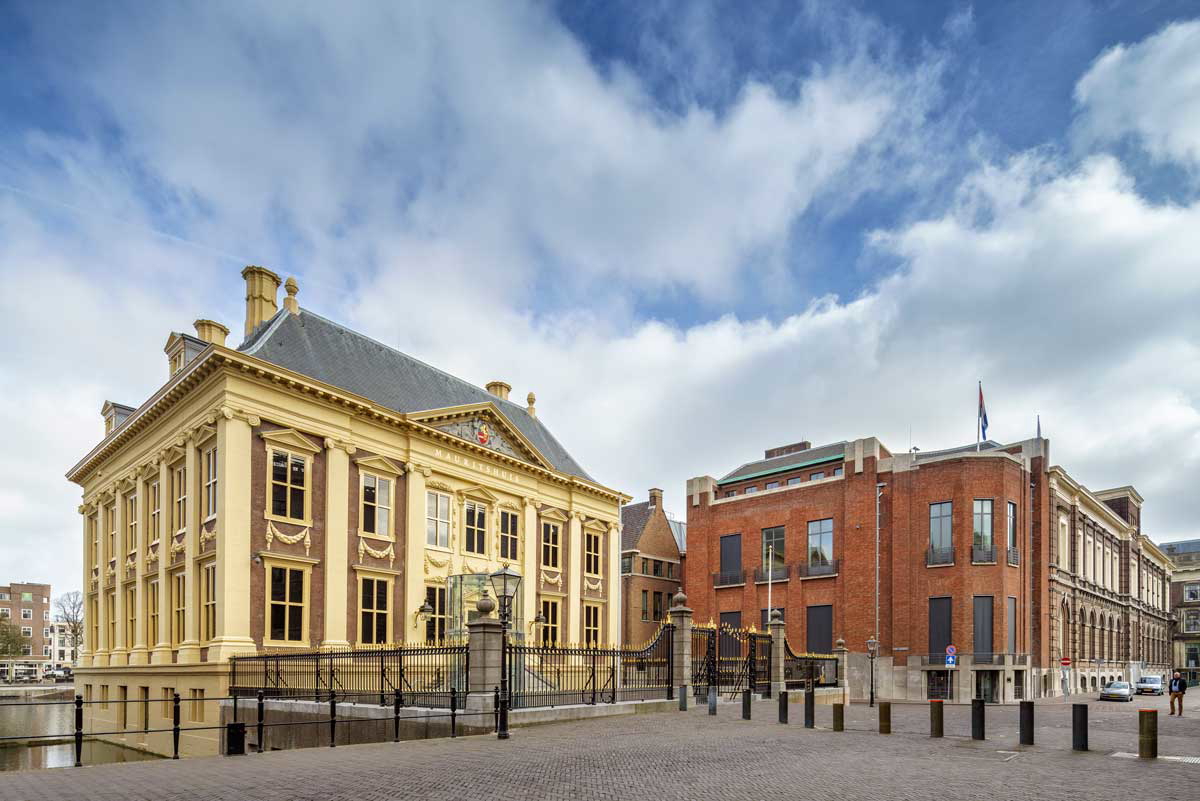
The Mauritshuis is a small museum in The Hague focused on Dutch paintings from the 17th century. The museum has only 850 objects in its collection, but it houses an important attraction—Johannes Vermeer’s Girl with a Pearl Earring. Here you will also find works by Rembrandt, Rubens, Anthony van Dyck, and Dutch Golden Age painters like Jan Steen and Rachel Ruysch, among others.
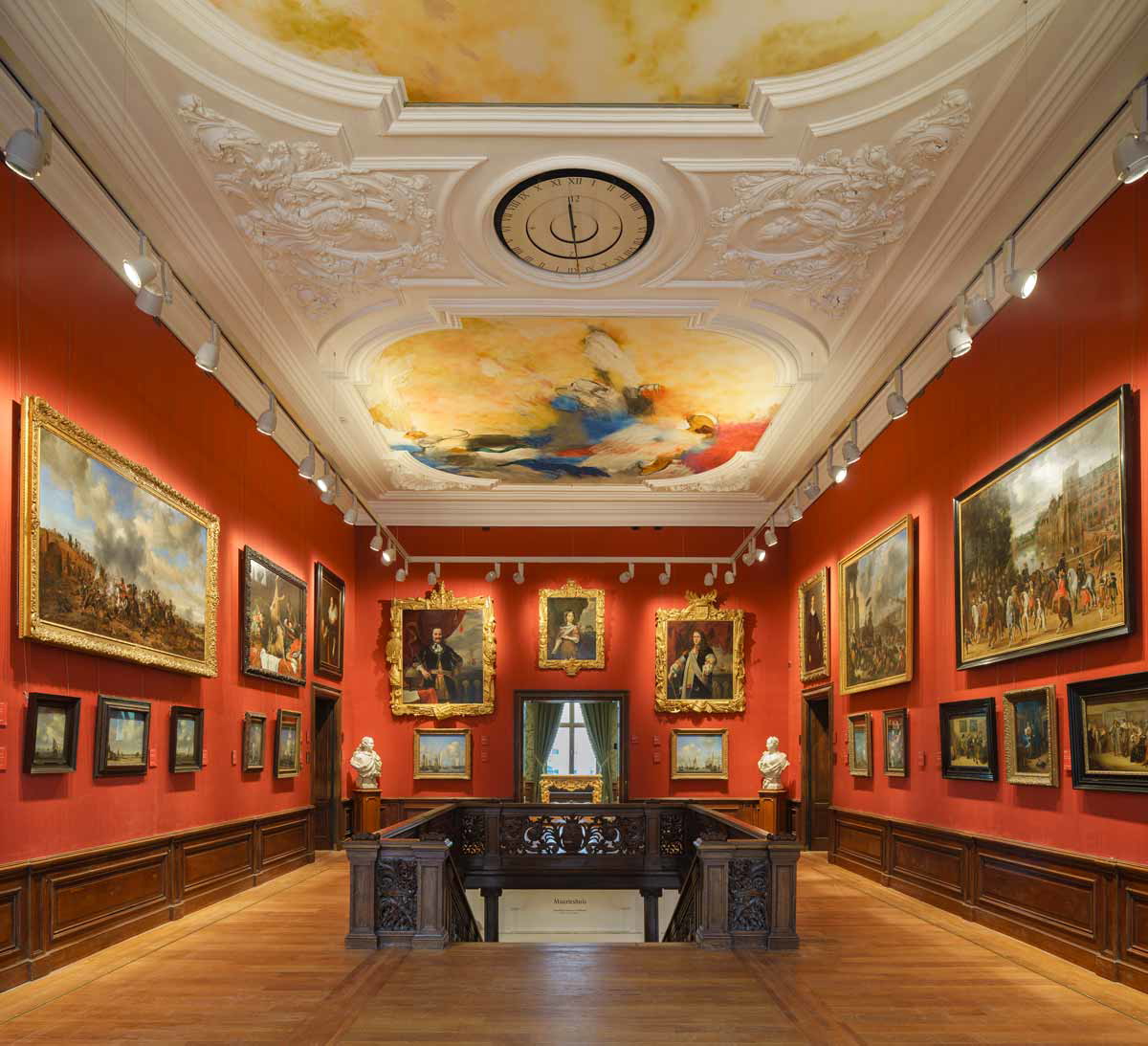
This museum is filled with paintings in somber colors and incredible detailing. It is an ode to the artistic geniuses who put a feather in the cap of Dutch cultural history. The museum also remains relevant today by acknowledging the colonial history of the Netherlands that led to the Dutch Golden Age and its impact on modern society. The Mauritshuis is ideal for anyone interested in the early modern era who wants to immerse themselves in the aesthetic achievements of the 17th century.
10. Kröller-Müller Museum, Otterlo
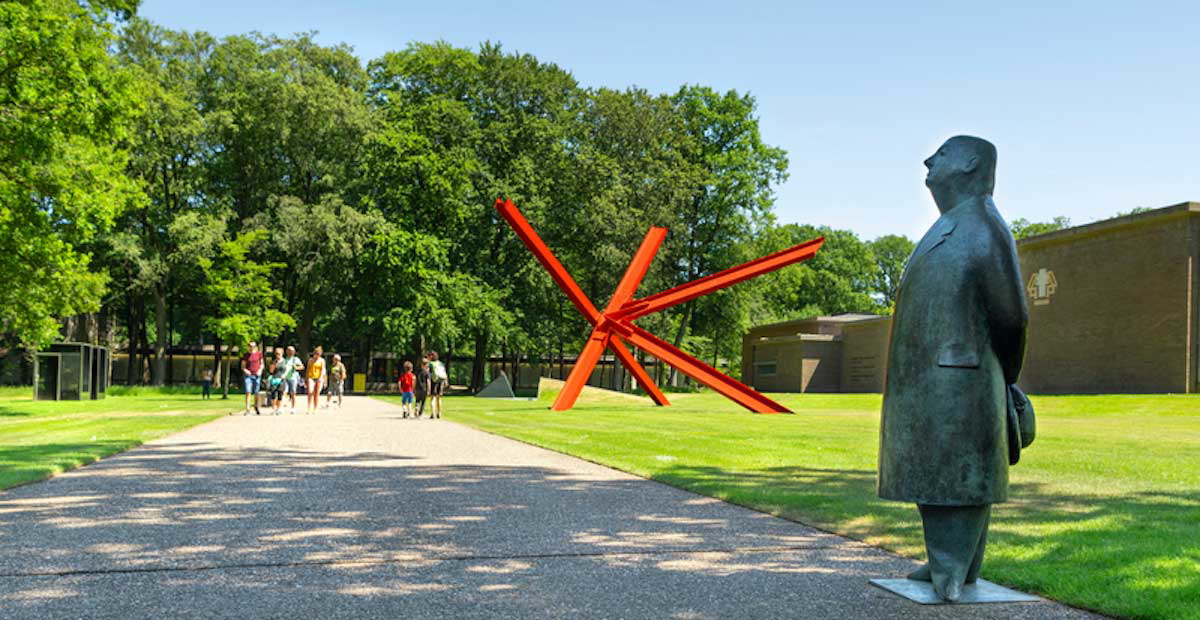
The Kröller-Müller Museum has the second-largest Van Gogh collection in the world after the Van Gogh Museum. This is thanks to its founders, Anton and Helene Kröller-Müller, who were captivated by Van Gogh’s oeuvre and life. The Van Gogh Gallery displays around 80 paintings and 188 drawings, including masterpieces like Café Terrace at Night and La Berceuse. The museum also displays paintings by Georges Seurat, Claude Monet, Pablo Picasso, and Piet Mondriaan.
The Kröller-Müller Museum also blends art and nature through a large sculpture garden with pieces by Barbara Hepworth and Jean Dubuffet, among others. Visitors can spend the day walking around the garden or even having a picnic. To add to that, the museum is located in a small village called Otterlo, making it a perfect place to avoid the hustle and bustle of city life.
